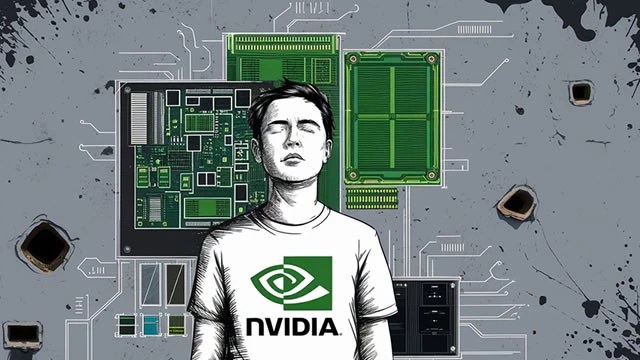Log monitoring has never been more critical in the software world. Today it’s not just the IT teams that need easy and reliable access to the logs showing what, when, and why the software did at any given time. Corporate clients not just want such functionalities but often must have to stay compliant with industry-specific laws and regulation. The software is getting more complex too. Distributed and highly scalable systems are impossible to monitor without robust event monitoring adequately. Splunk Inc. (NASDAQ: SPLK) has been a range of analytics and security offering since its inception 17 years ago.

2020 has been of varying success for the company. Revenue from licences dropped substantially: $855.8M in 2019 vs $562.4M in 2020 for the nine months ending October 31. Cloud services, on the other hand, saw an increase from $212.9M in 2019 to $382.7M in 2020. Maintenance and services saw an uptick too, with revenues growing from $498.9M to $536.1M for the same period.
Despite the overall drop in revenue, the company has increased its sales and marketing efforts by 15% to $966M. R&D budget was put on steroids and grew by 37% to $579.64M in 2020. Administrative costs were stable and only increased by less than 5%.
The financial figures paint a picture of a company that is committed to the development of its products and show longer-term vision, even though the short-term trading environment remains extremely challenging.
The company continues to transition from its core licencing model towards subscription-based solutions, which presents several challenges. Firstly, the shift isn’t happening fast enough. Even though the revenue from subscriptions continues to grow, it’s not enough to offset reduced payments from licenses. It may take at least two years of successful sales trajectory to shift the balance towards its cloud solution completely.
Secondly, the cloud solutions are more expensive to maintain compared to on-premises offerings, where it’s up to the clients to have the necessary resources to run it.
On the other hand, Splunk’s primary focus is on large clients that are more likely to adopt the company’s solutions without continually having to balance the profitability and available features.
In the financial year 2020, 61% of its account were delivering >$1M ARR (annual recurring revenue). The number is lower, compared to 2019, where it was 71%; however, it is essential to mention that the number of 1M+ accounts has grown from 220 to 355. It shows that even though Splunk is heavily leaning towards enterprise clients. Yet, it’s also not shunning away smaller companies or startups that often have an equally large appetite for event monitoring, which enables faster feedback loops and reduces troubleshooting time during outages.
Splunk is on the upbeat track for 2021 and is very likely to grow beyond investor expectations. The company operates in high margin, yet very competitive sector, which means that it must continue to innovate and evolve at a faster pace than it’s competitors. Healthy operational margins also allow targeting both ends of the potential client spectrum: a highly lucrative enterprise, where Splunk is already well established and smaller, and high growth companies.

















Rate this article